Misfits, oddballs, square pegs… call ’em what you will, our most eclectic category produced the widest range of results, one car coming bog last by 13 clear points, another missing outright victory by just three.
There is no point trying to find a thread to unite the Ariel Atom 3.5R, Renault Mégane RS 275 Trophy and Alfa Romeo 4C. They all have four cylinders, forced induction and four wheels and that’s about it. So we’ll avoid the contrivance of establishing a link that’s simply not there and start – where else? – than at the bottom.
By any standards, the Alfa 4C did badly. When six out of eight judges place it 12th out of 12 and the other two 10th and 11th respectively, you don’t need to read comments like Matt Prior’s “its steering still follows lines seemingly first furrowed by farmers 700 years ago” to know how poorly it has done.
And were this some revved-up hatchback based on unworthy underpinnings, we might be disappointed but not too surprised. But it’s not: the 4C is a mid-engined two-seat sports car with a carbonfibre tub, unassisted steering and a kerb weight comfortably below 1000kg. With raw material like that, we’d expect it to be right up at the sharp end.
It stands as proof that even the best ingredients can only add up to so much if the cook is not following the recipe. The number of ways the Alfa squanders its inherent advantage includes, but is not limited to, its slow and inconsistent paddle-shift gearbox, the lag from the engine, the lack of feel from and kickback through the steering and an unwillingness to hit its marks like the precision instrument you’d think it should be.
Despite its fundamental stability, it did little to inspire confidence in younger testers and even less to encourage the more experienced hands to fling it around the track in the way that you might think a car of this shape and specification would beg. Lewis Kingston spoke for many when he said: “The leaden, numb steering and brakes didn’t impress and, overall, I found it a nervous, disconcerting car to drive.”
It wasn’t all bad. The 4C coped with the Combe bumps admirably well and it felt quick in a straight line, but perhaps the most illuminating stat of all was a lap time slower than all bar two of its competitors.
In the end, the 4C doesn’t present as an inherently bad car, just one that has been whipped out of the oven before it’s ready. This, of course, leaves open the tantalising possibility that they’ll put it back and let it cook until it’s done; despite all of its flaws, the 4C remains a car of massive potential, almost all of which right now remains sadly untapped.

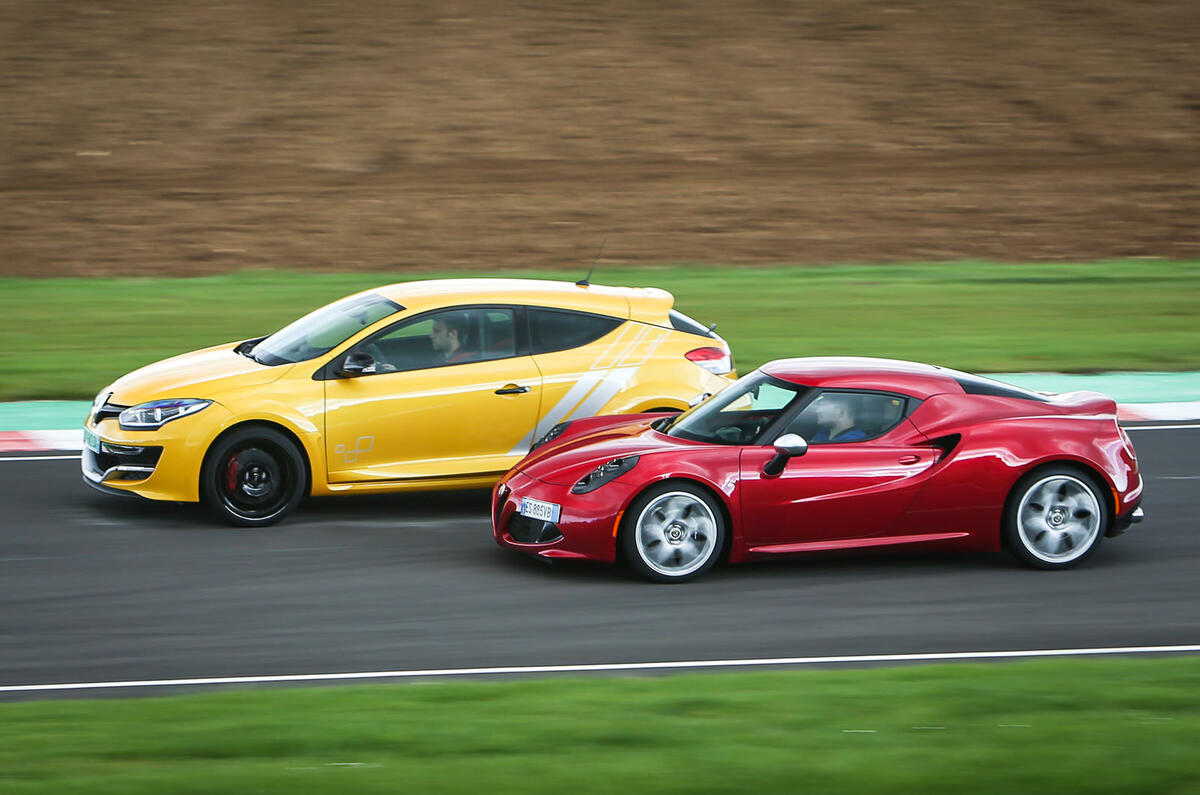
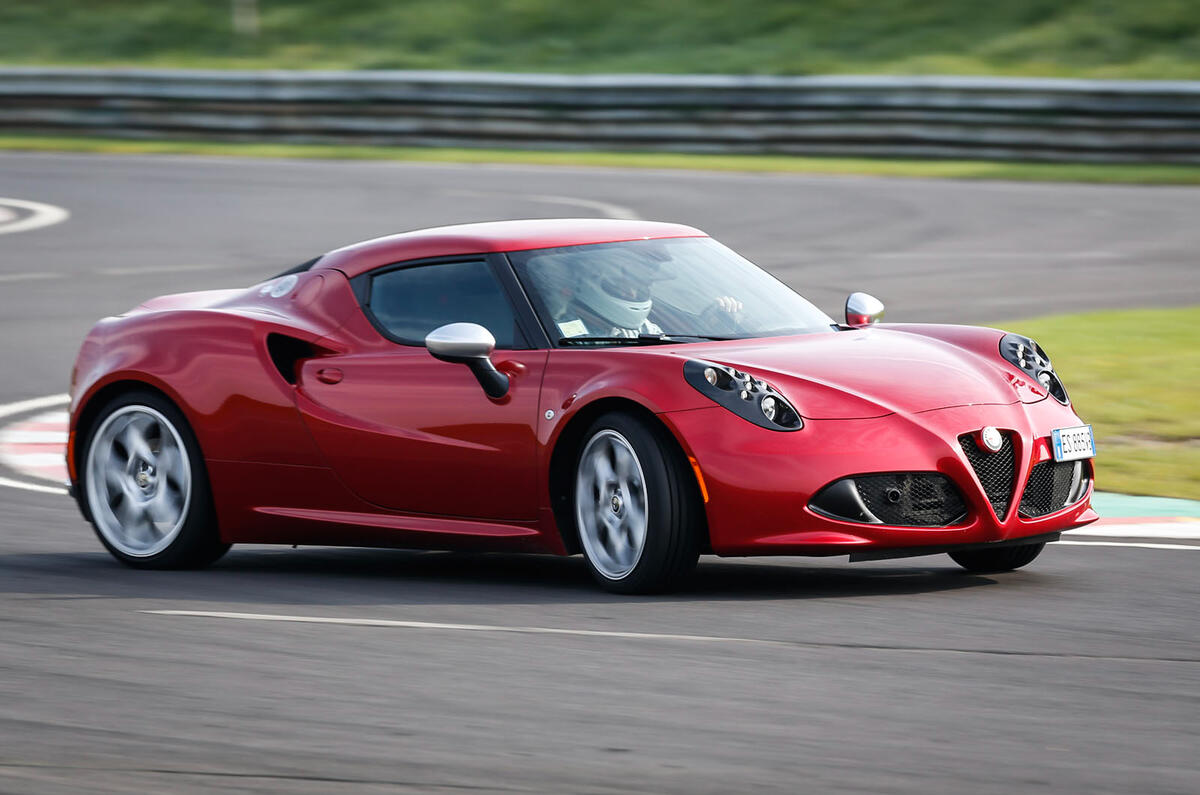
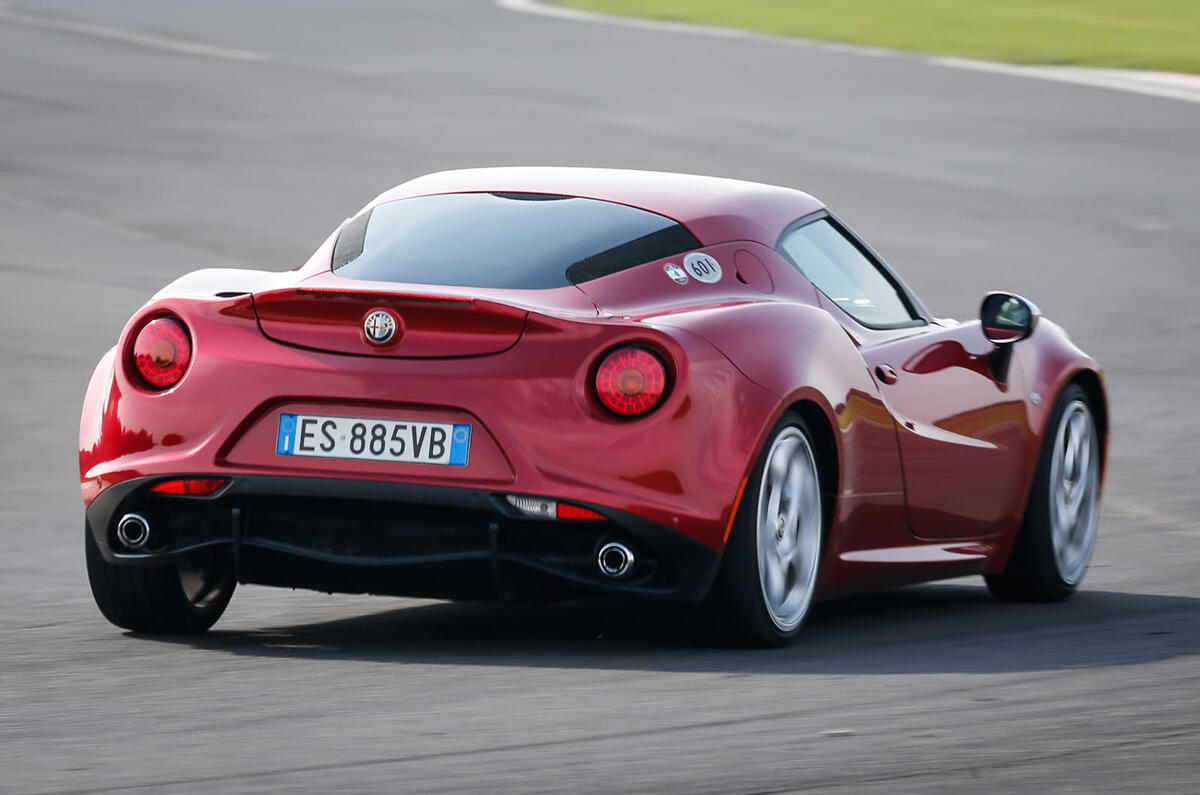
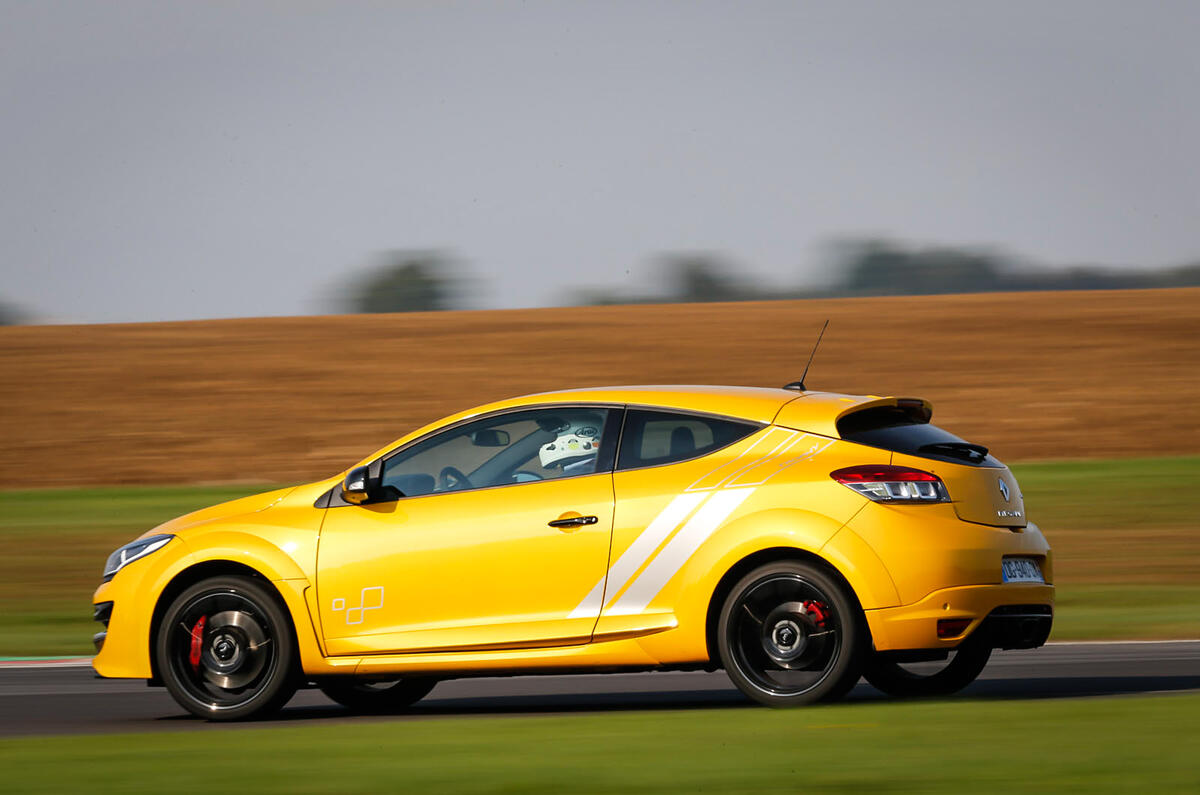

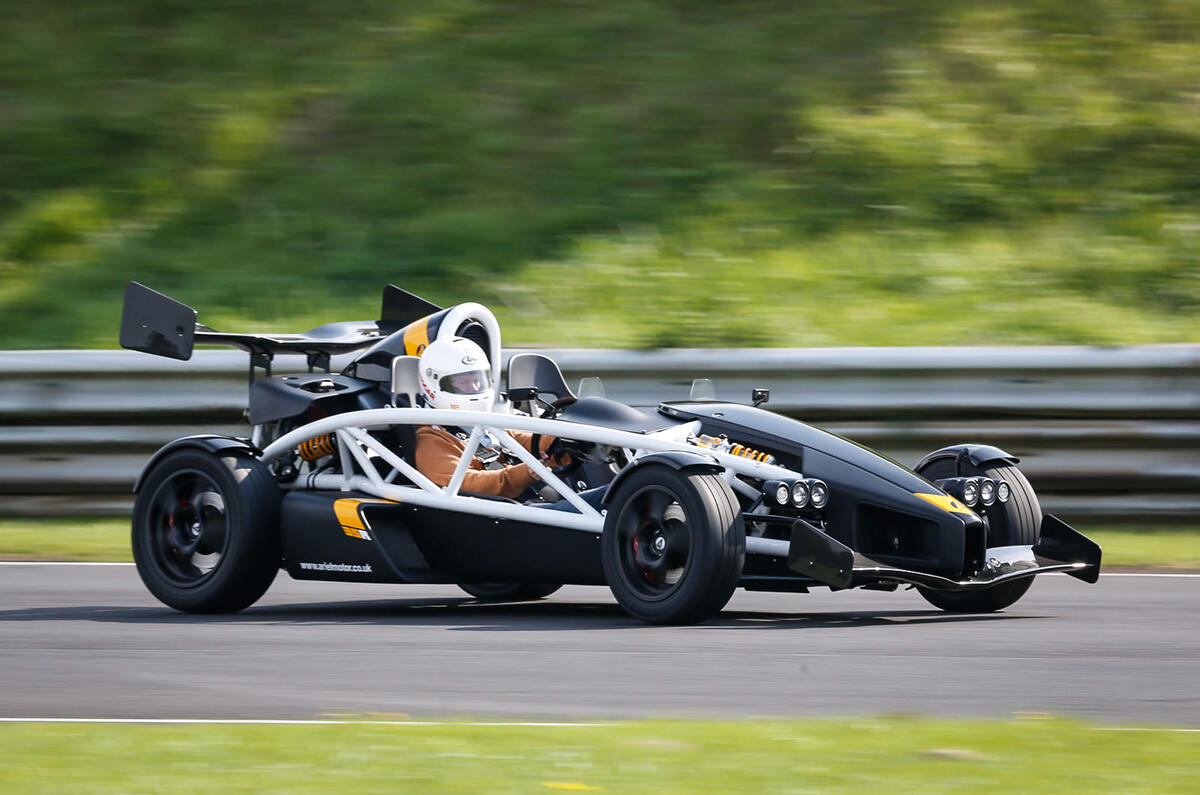
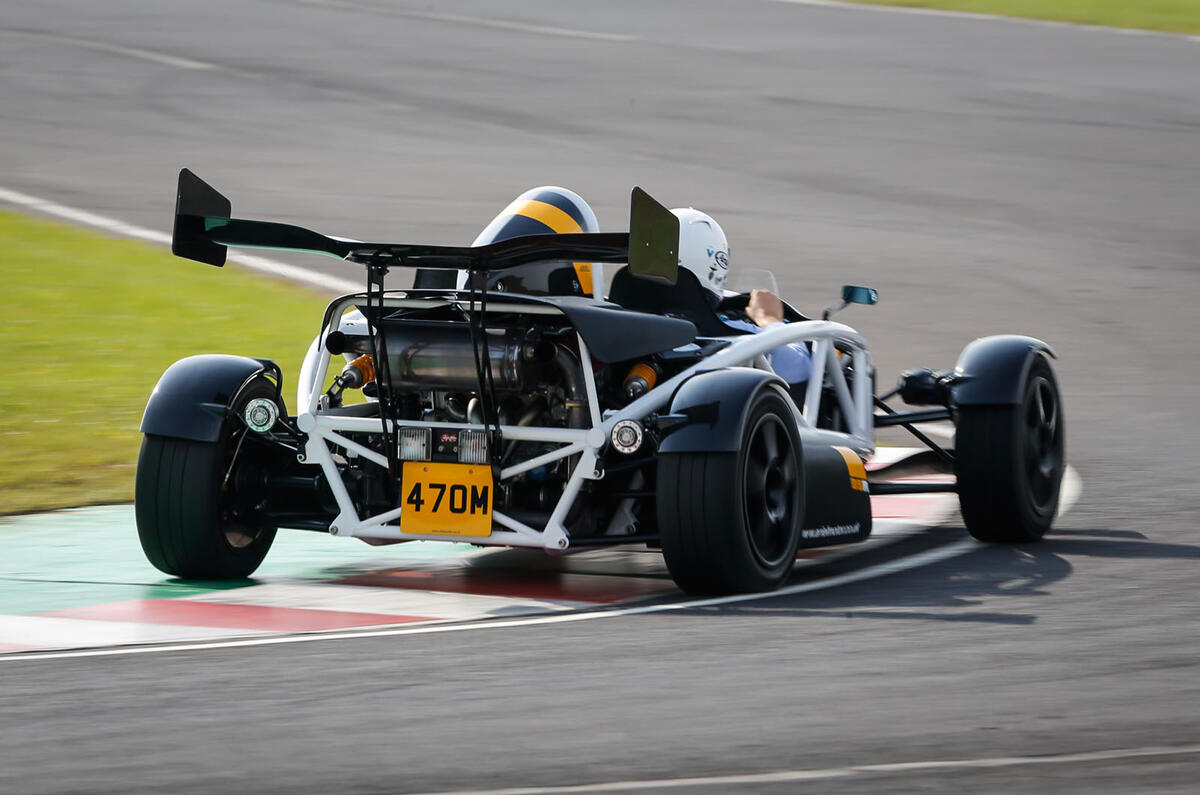
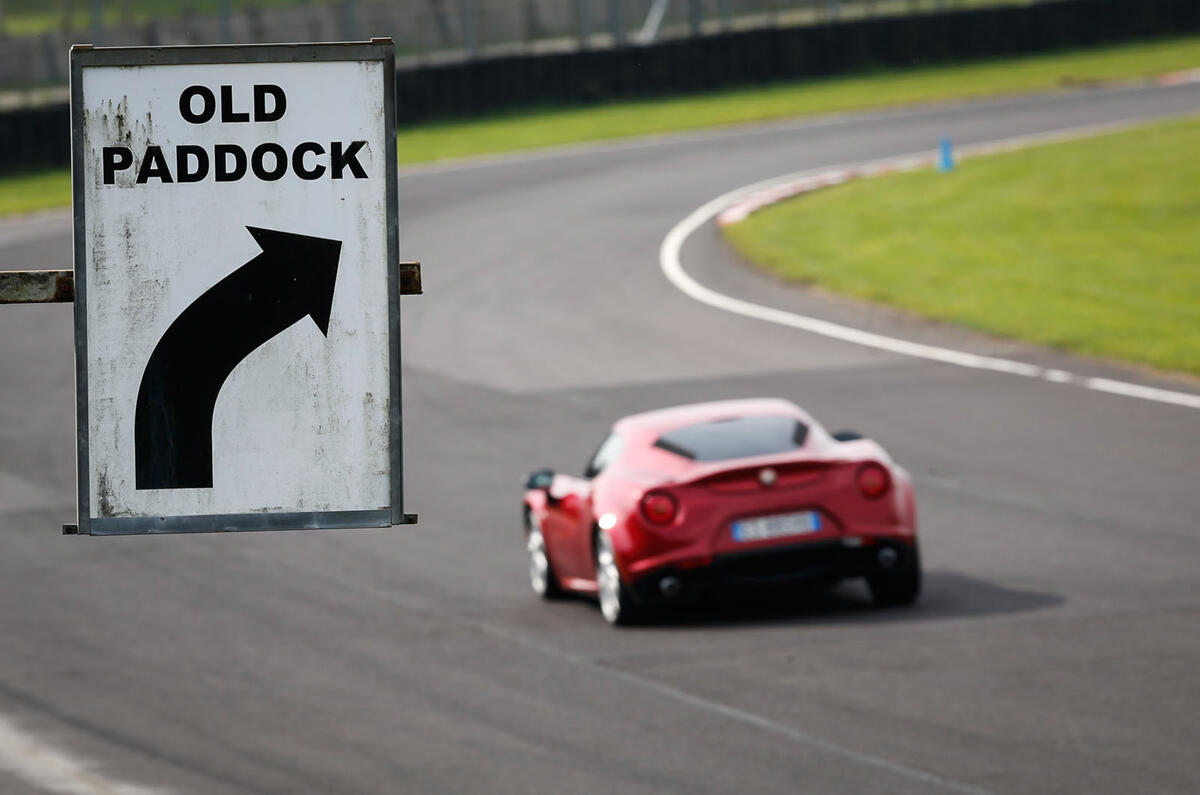
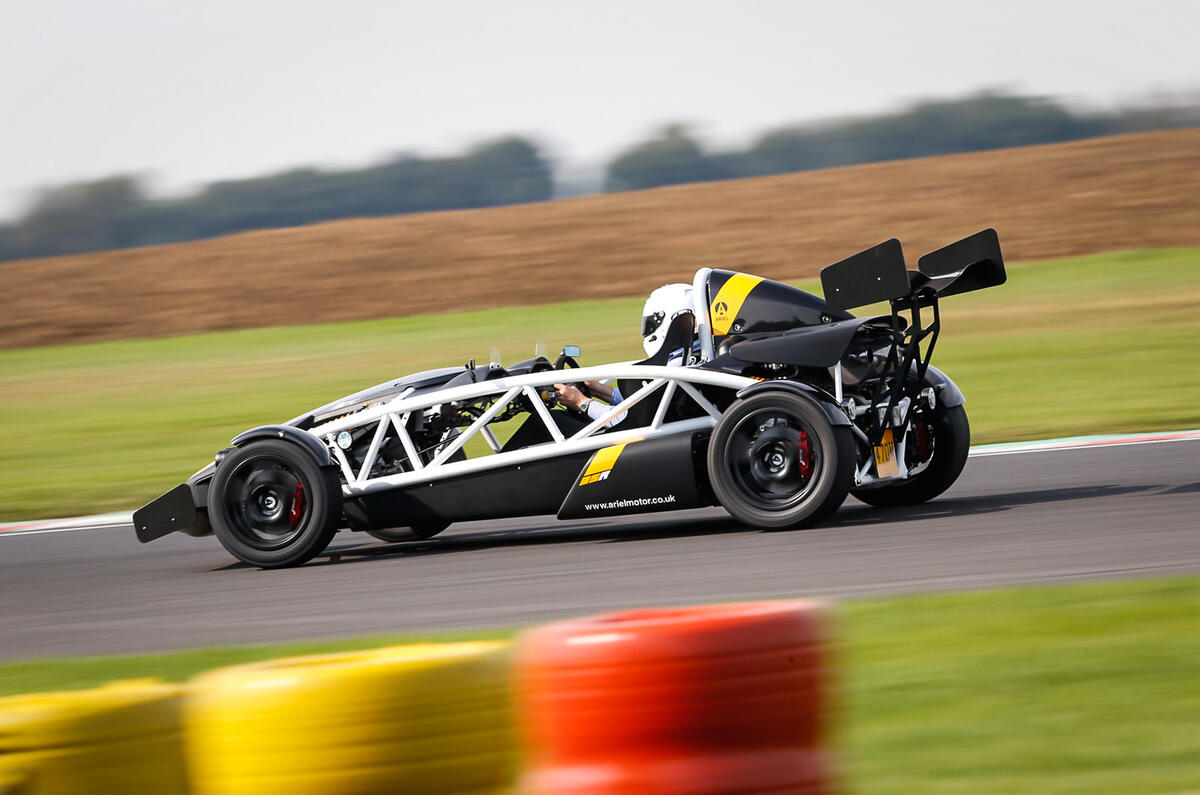
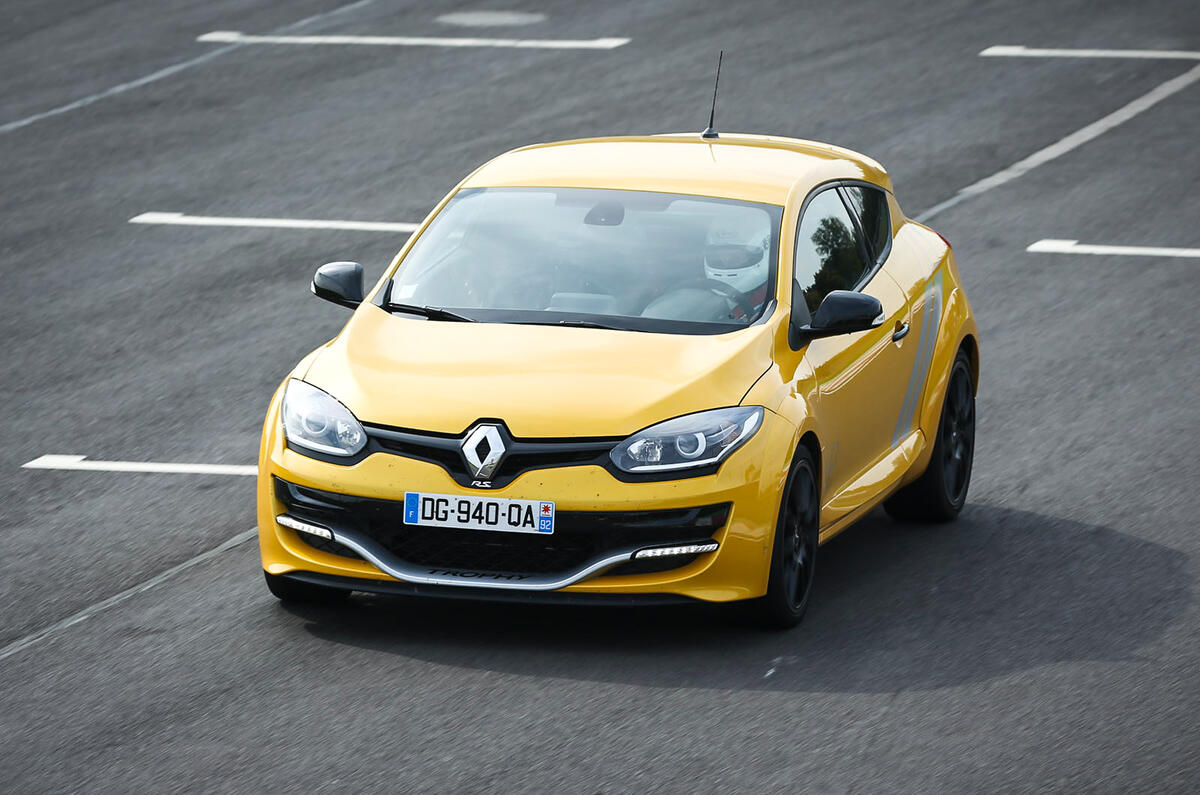
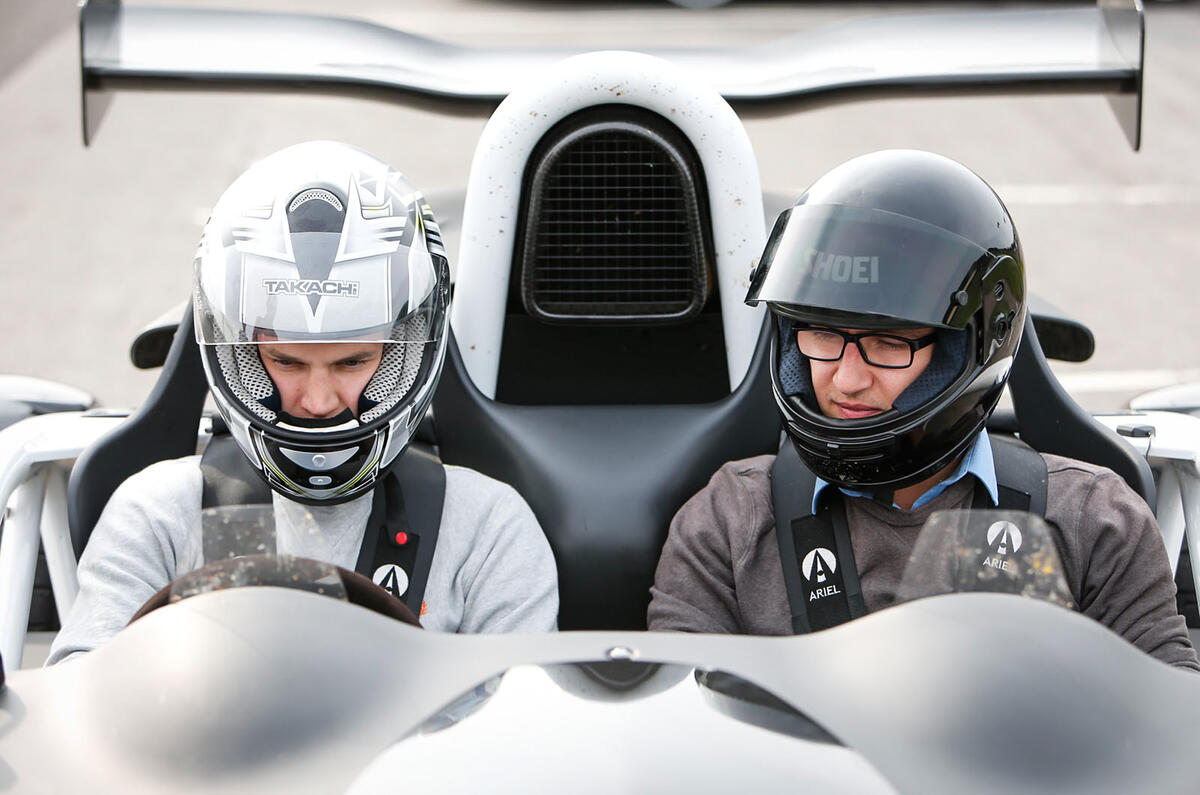
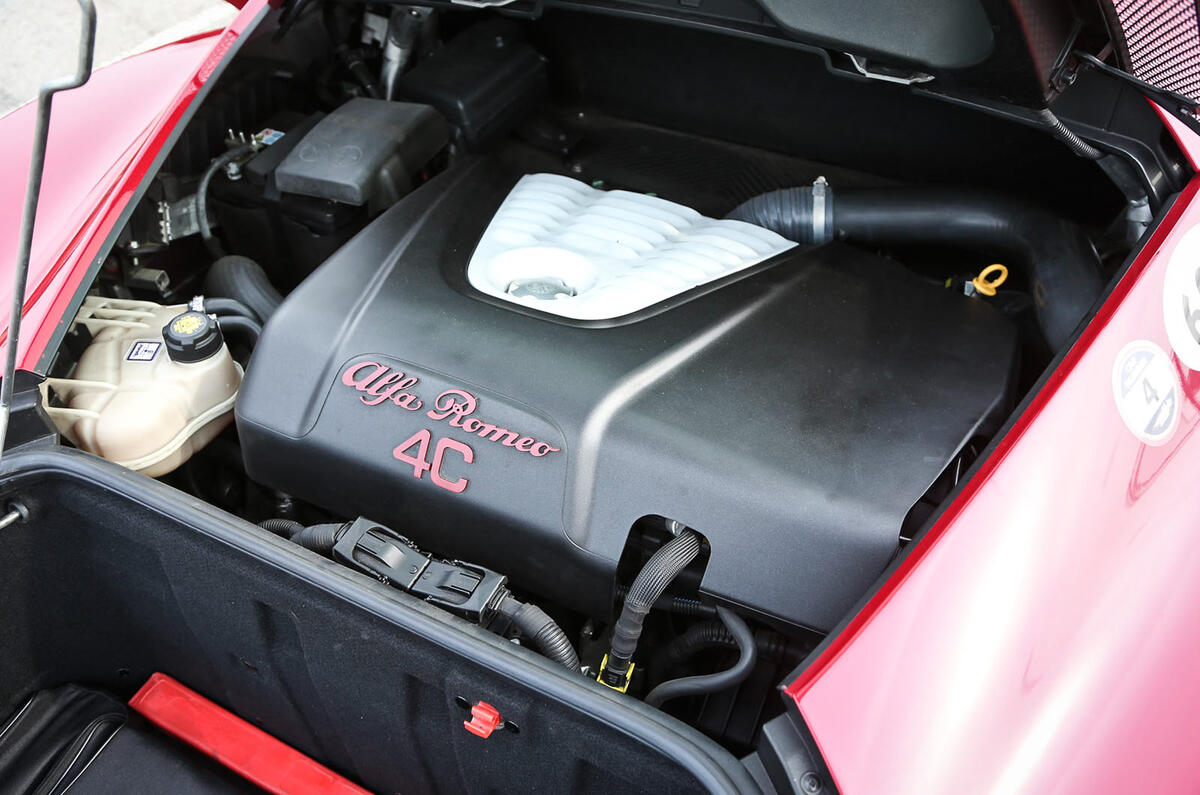
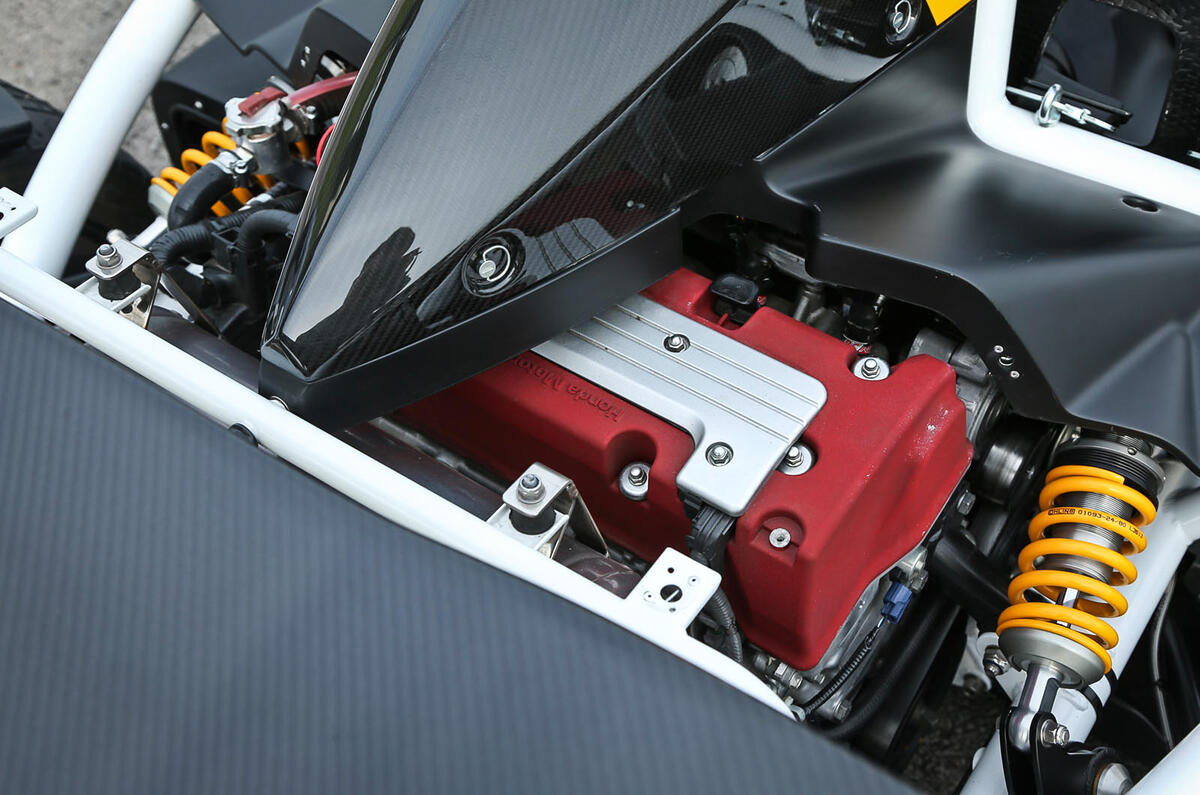
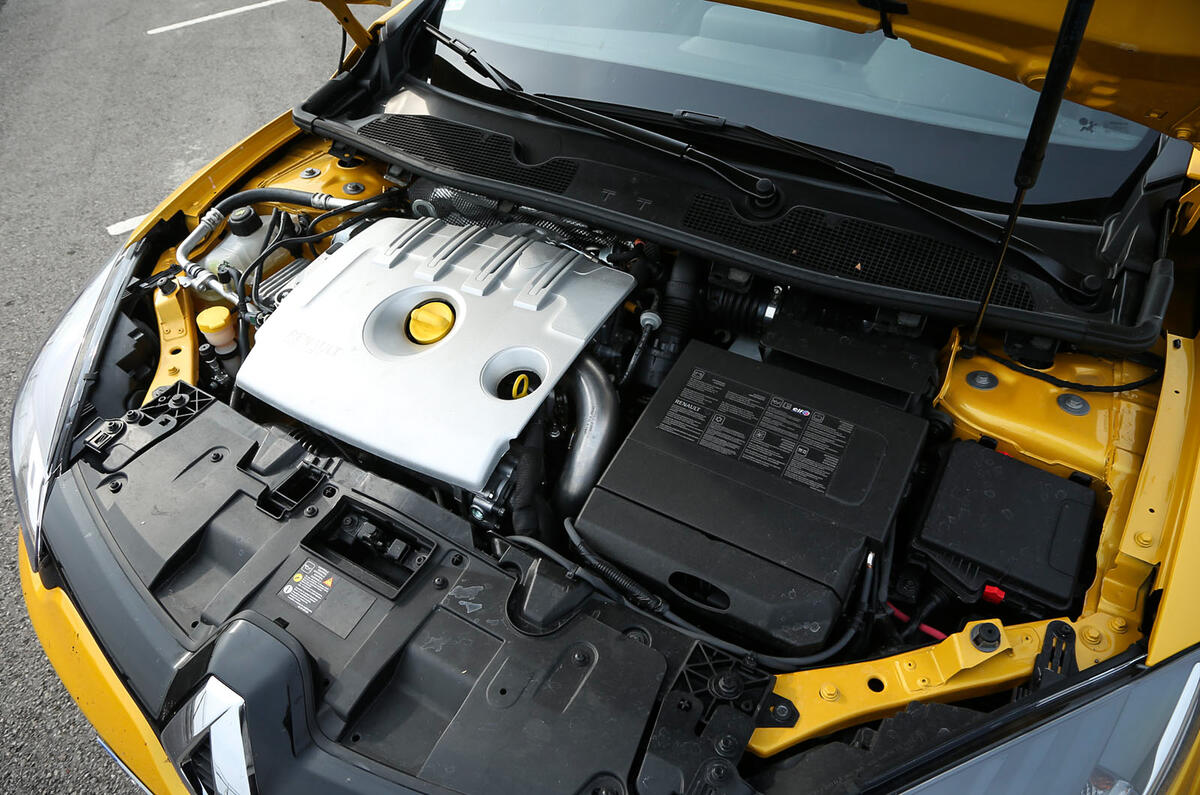
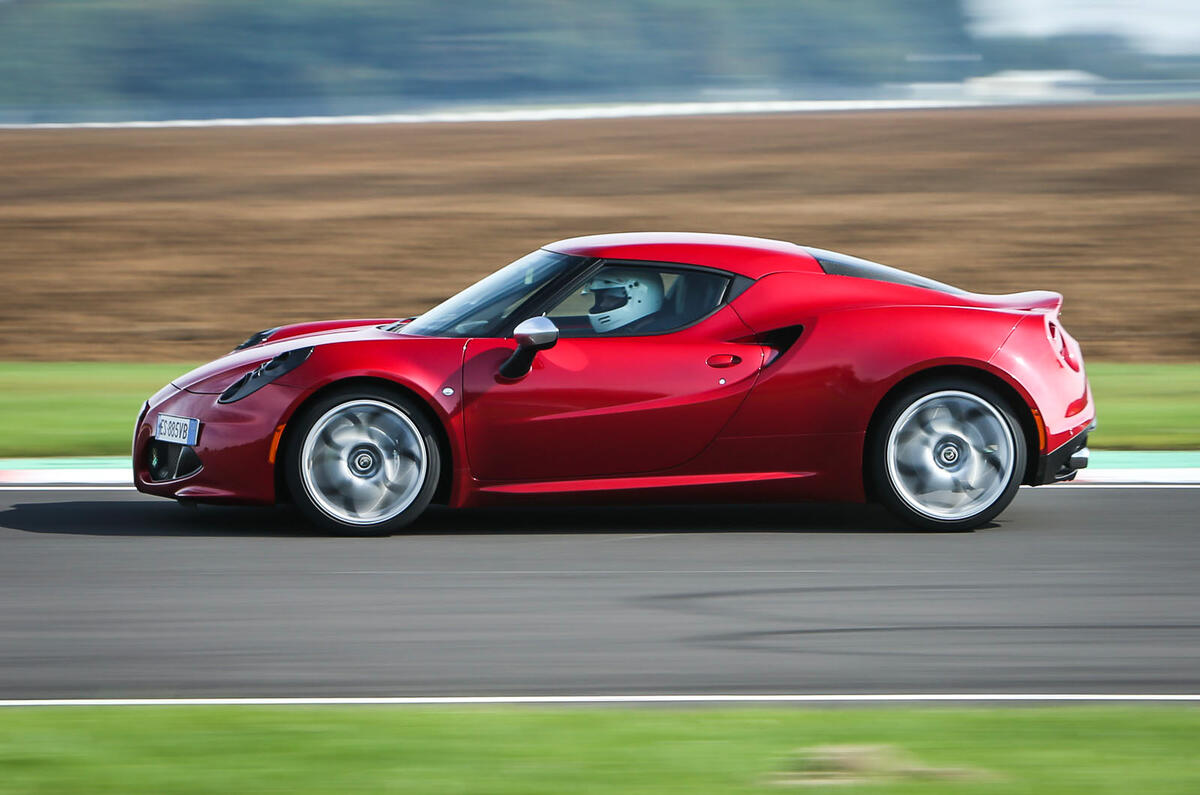
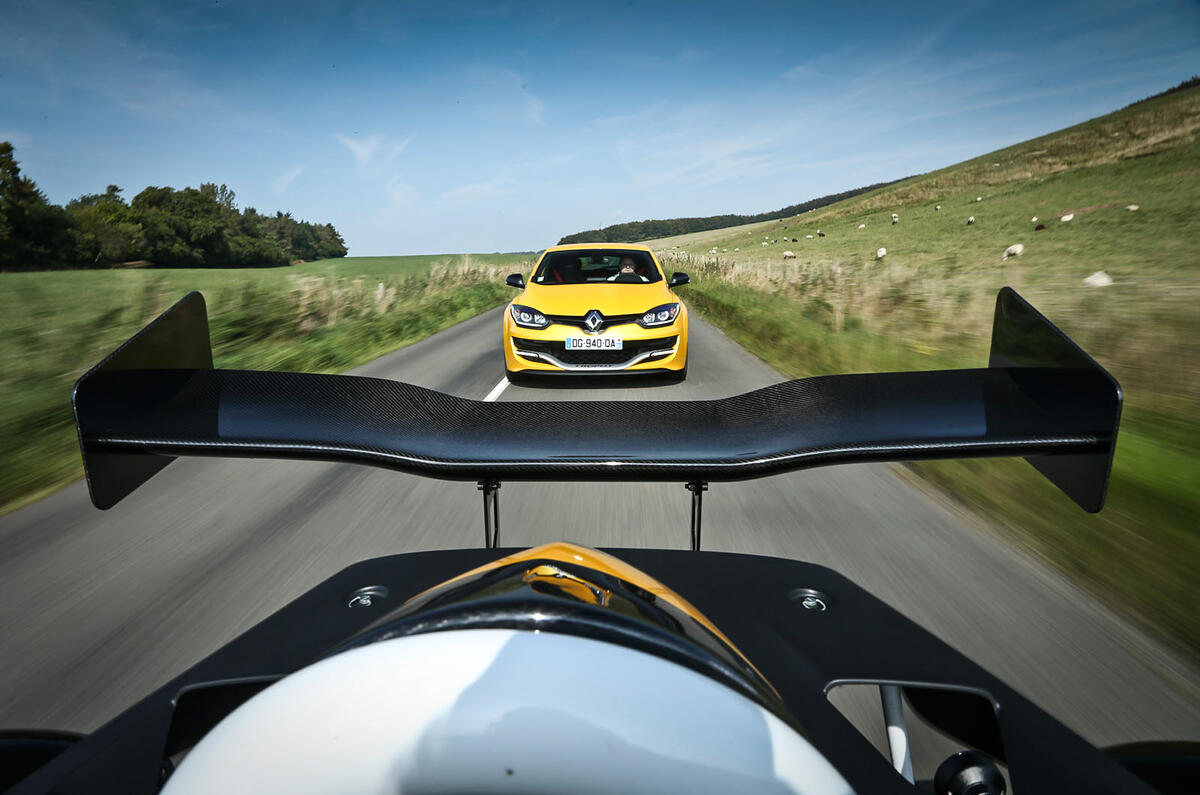
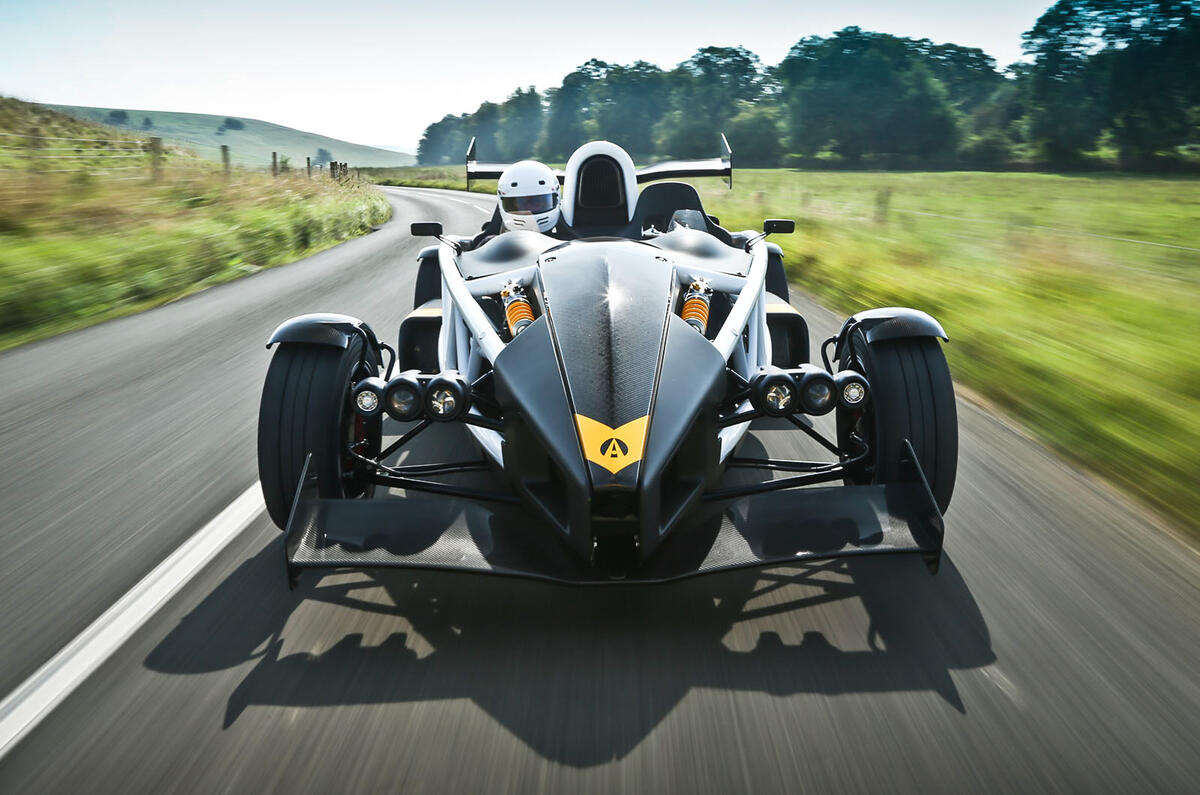
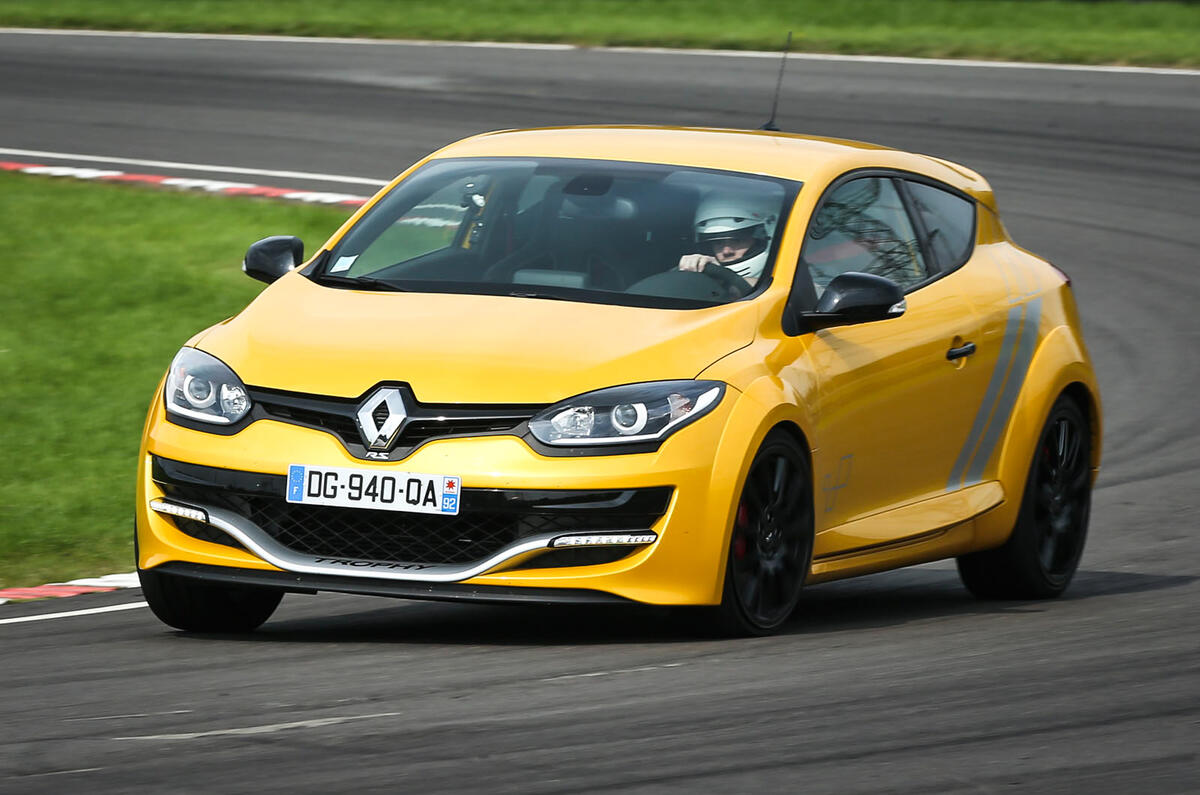
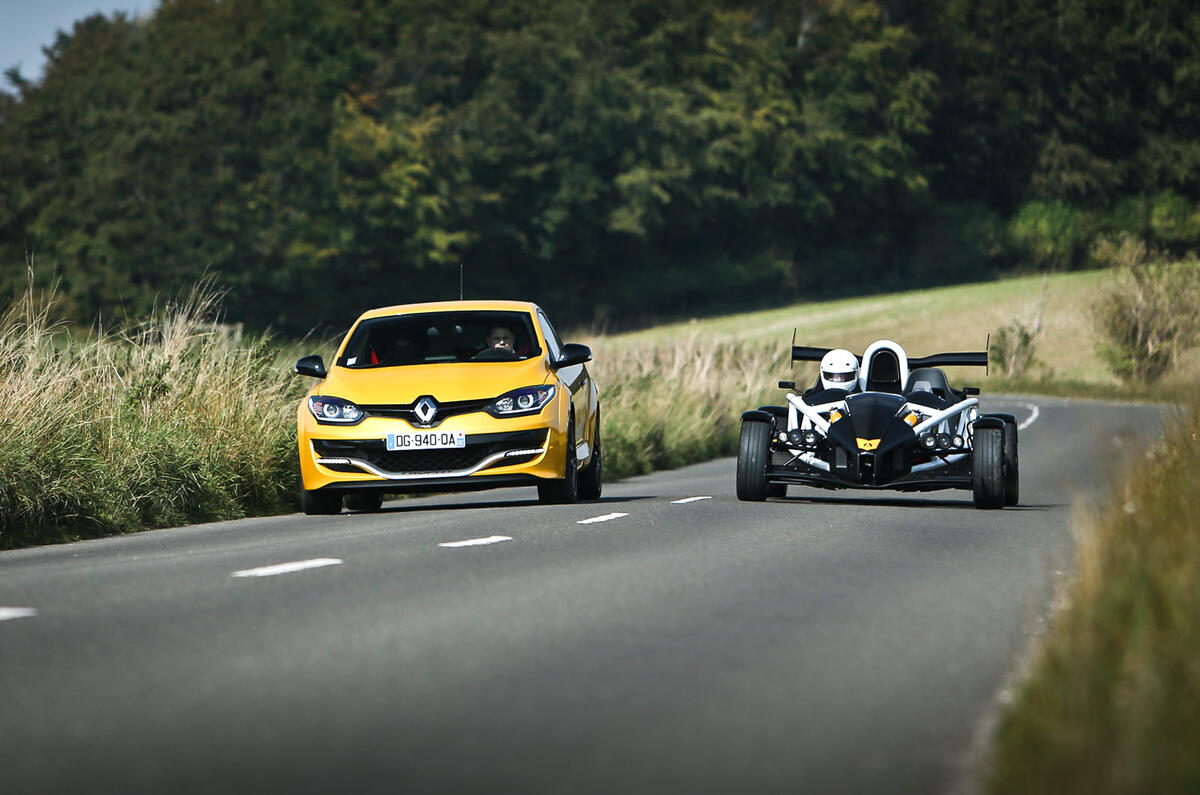
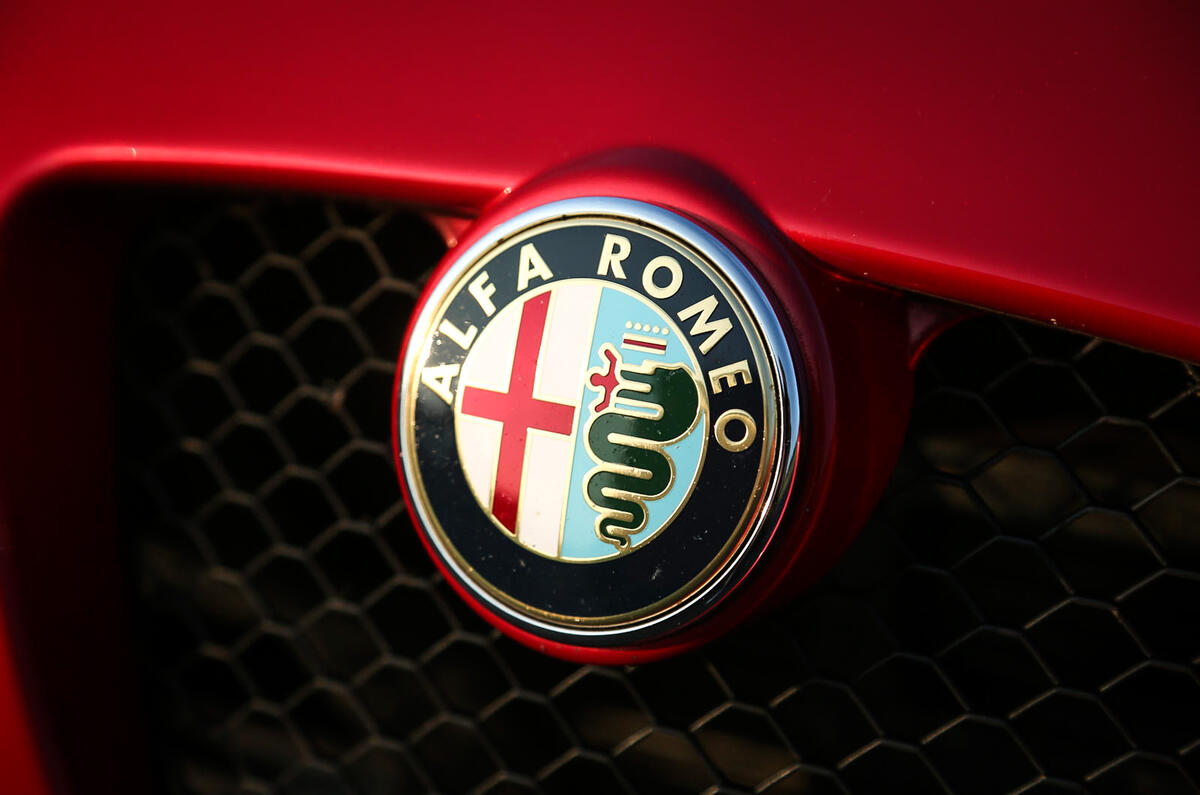
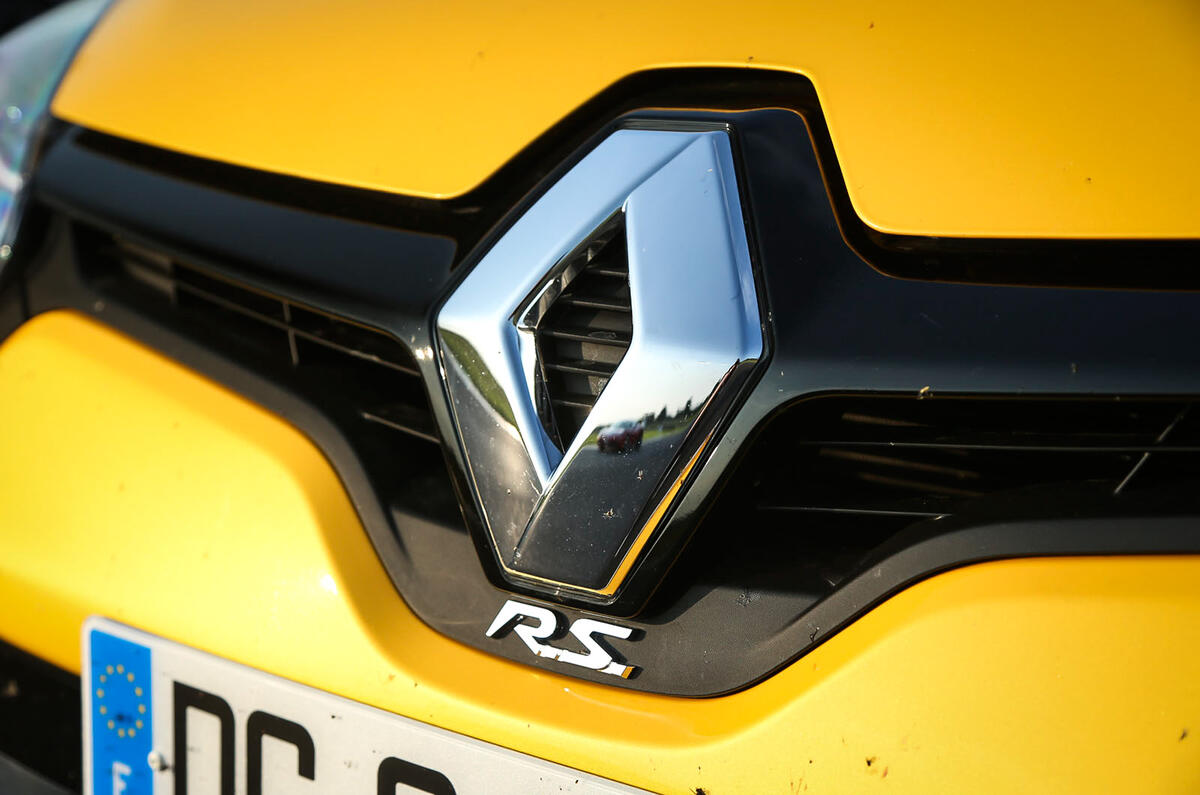
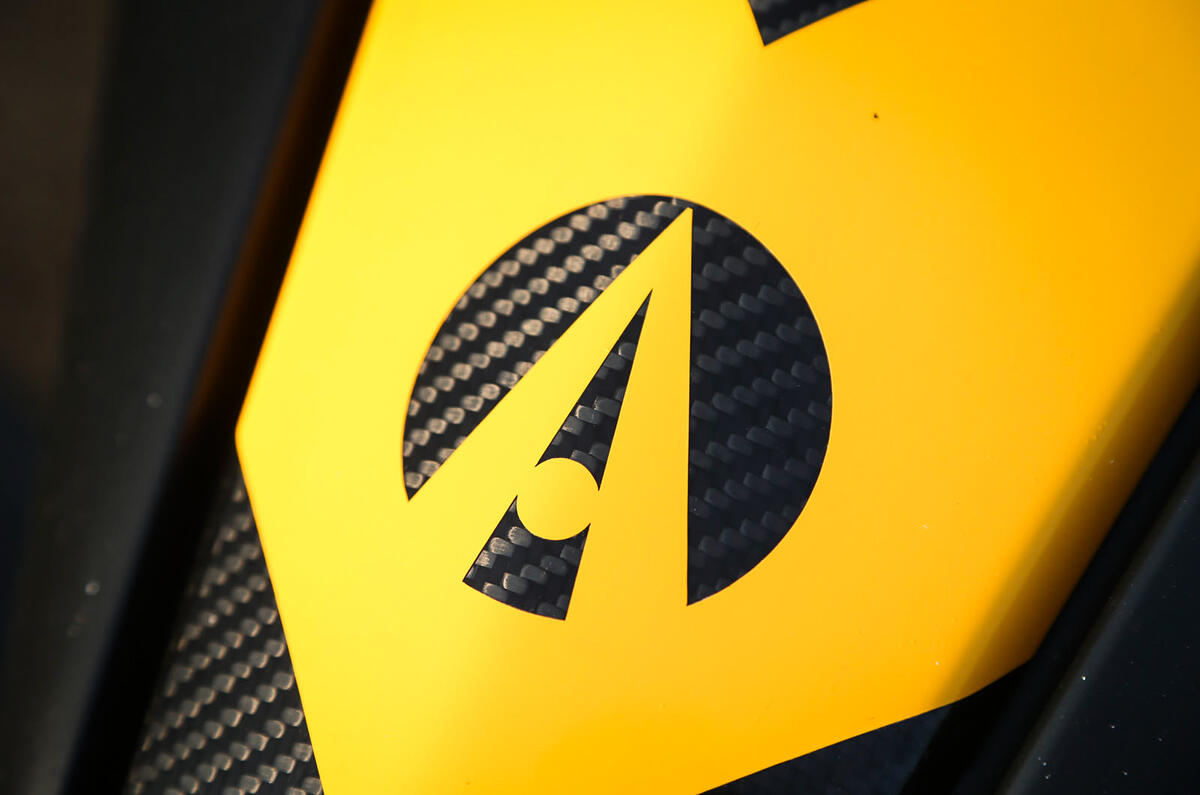
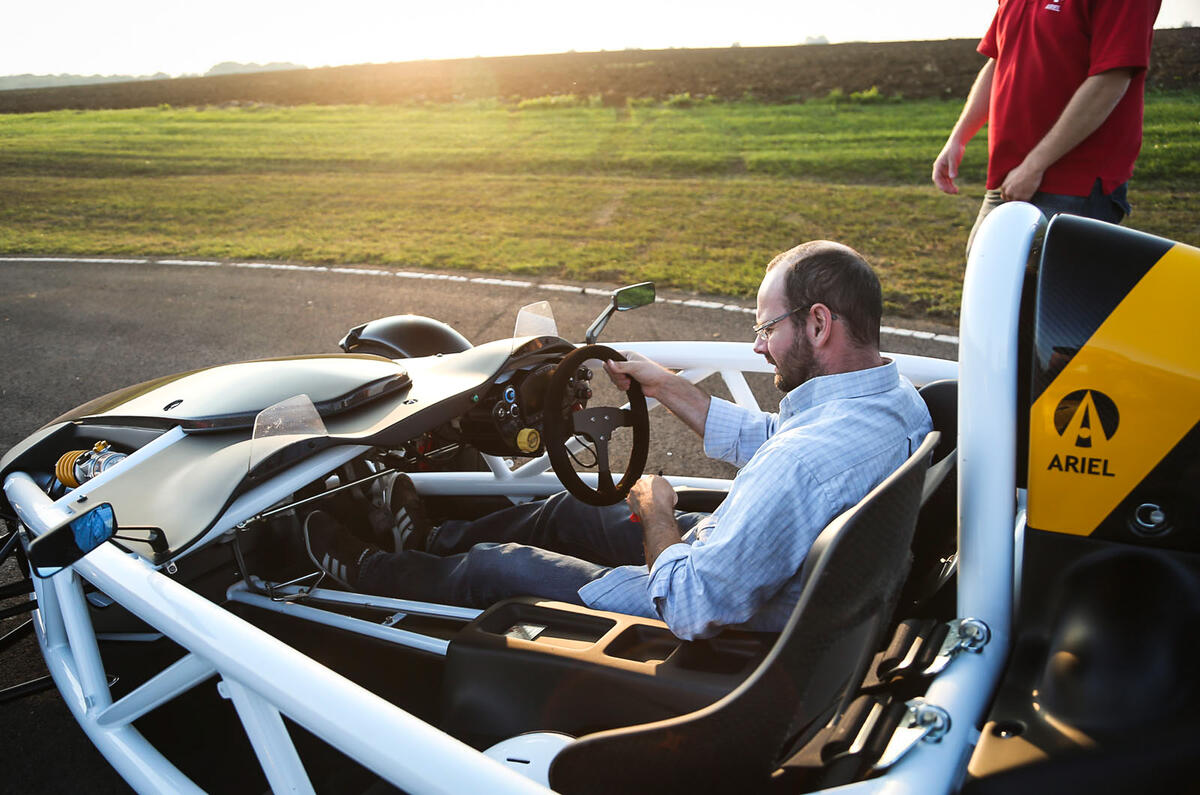
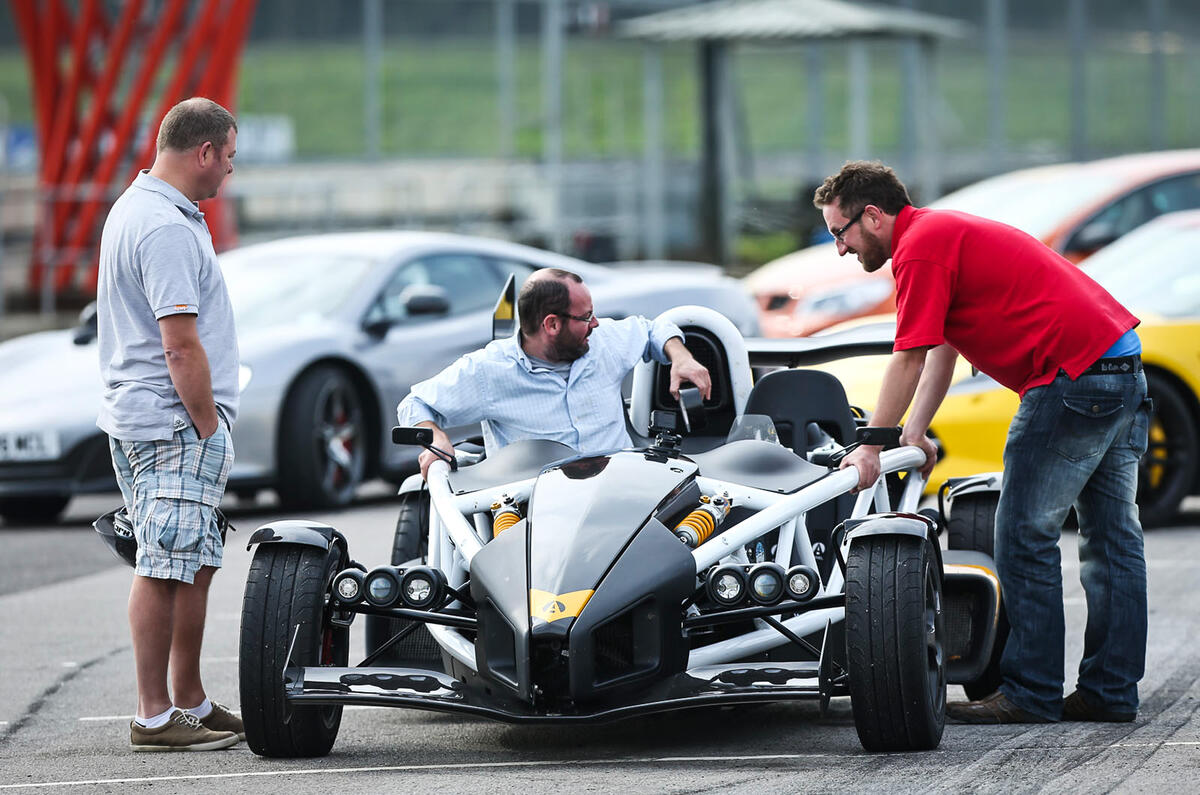
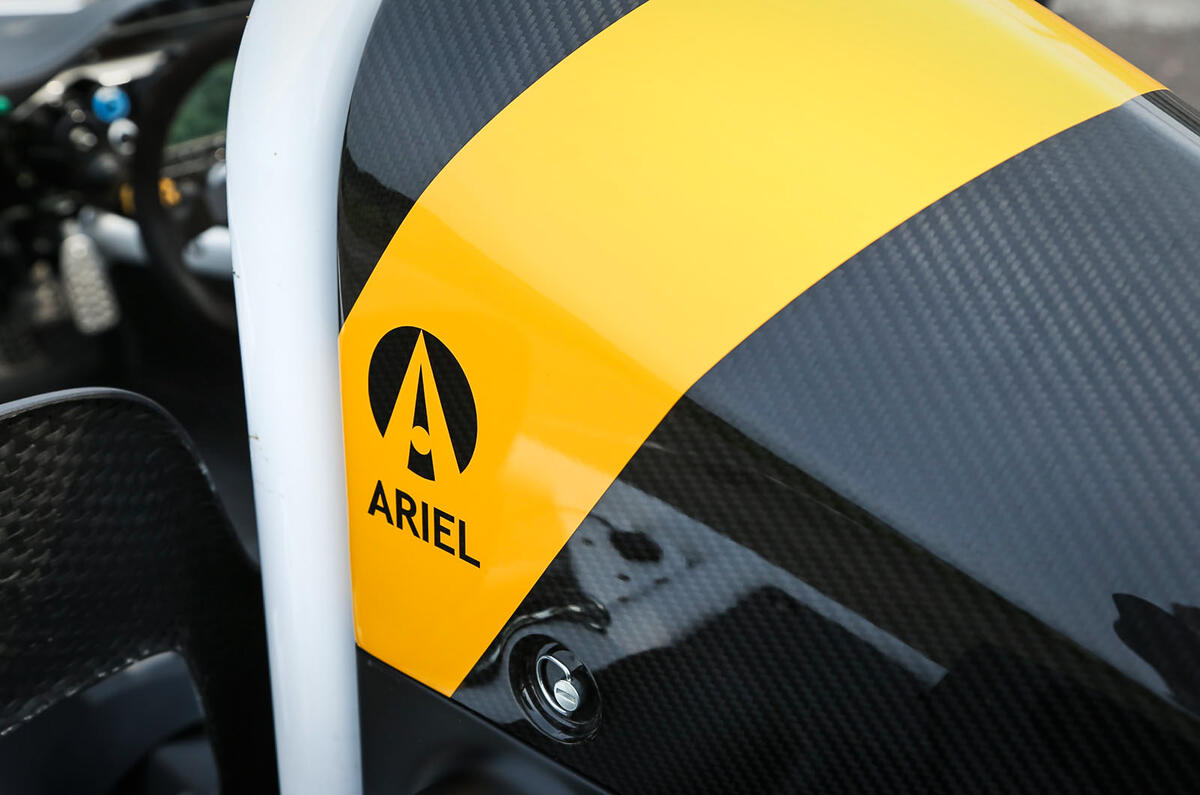
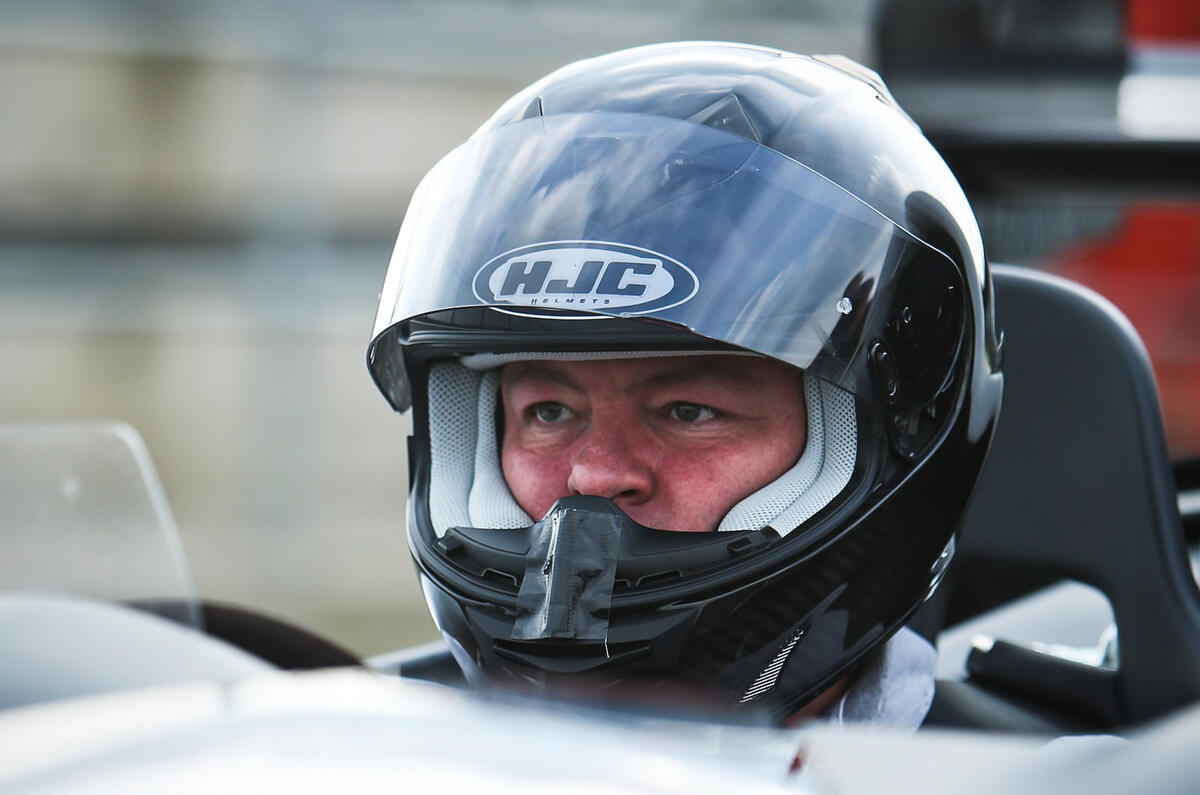
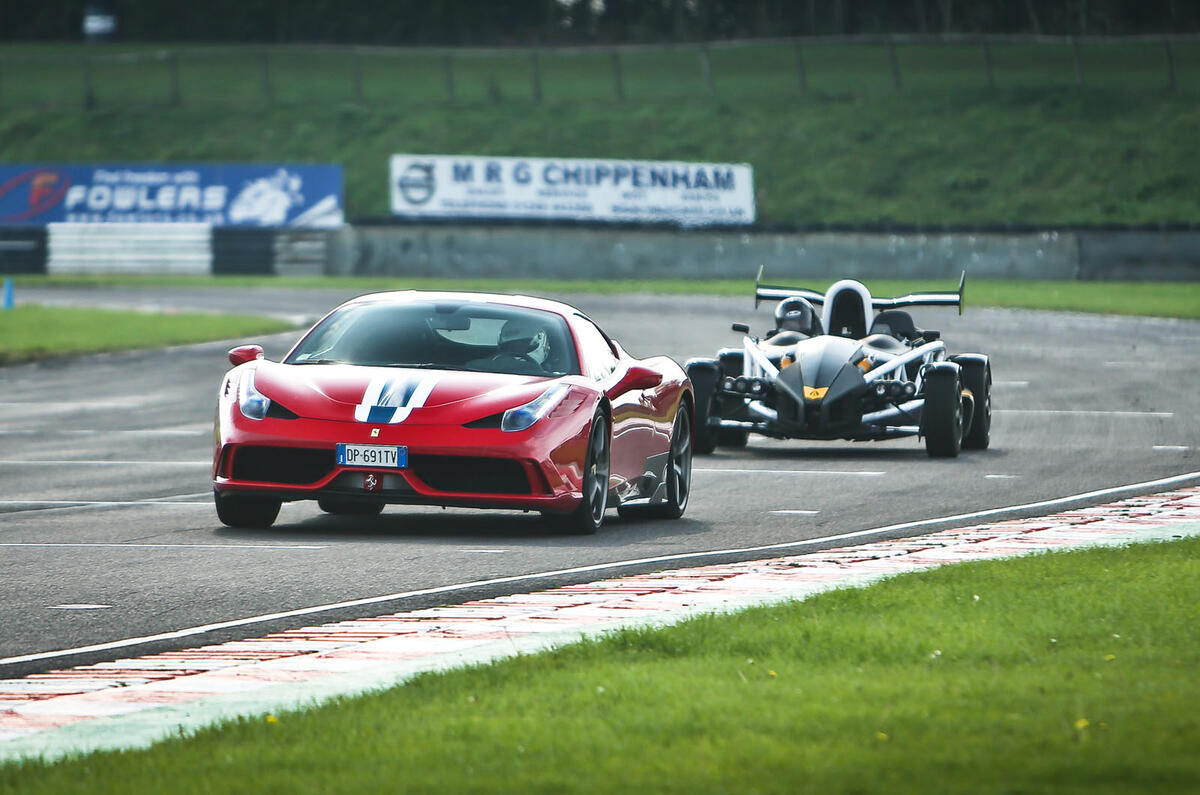
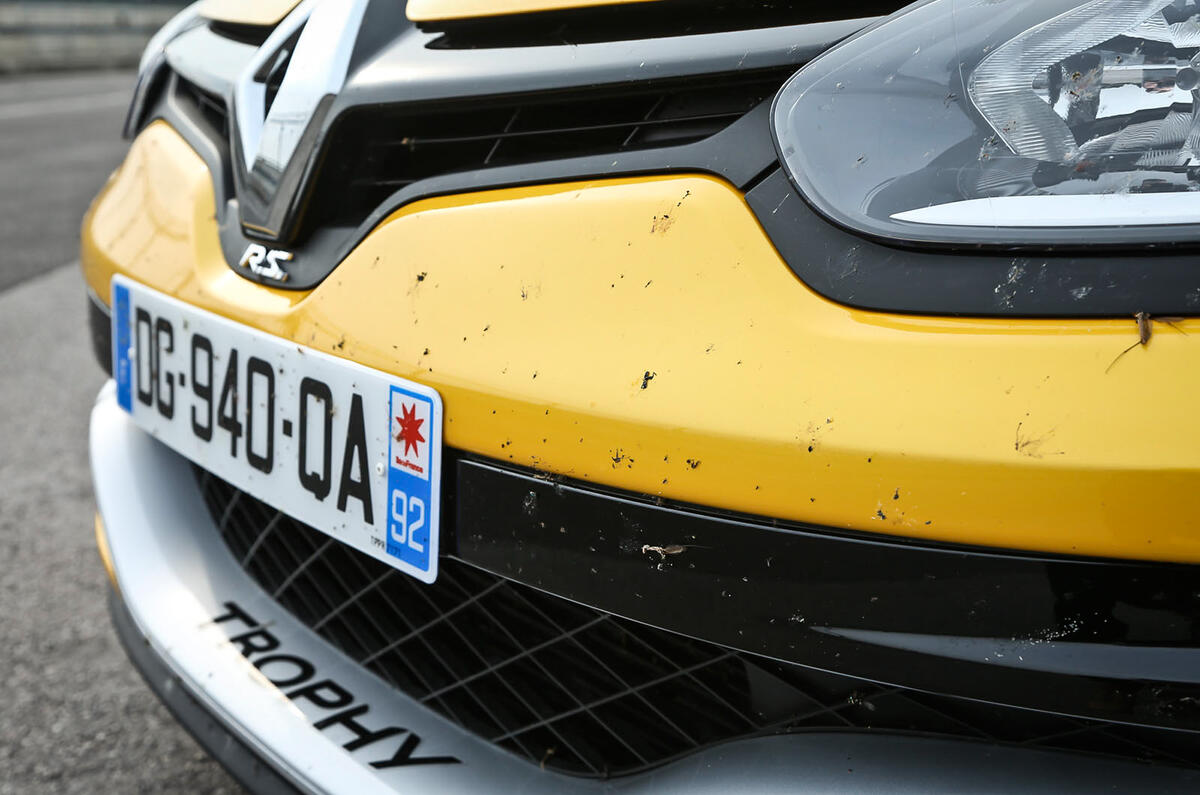
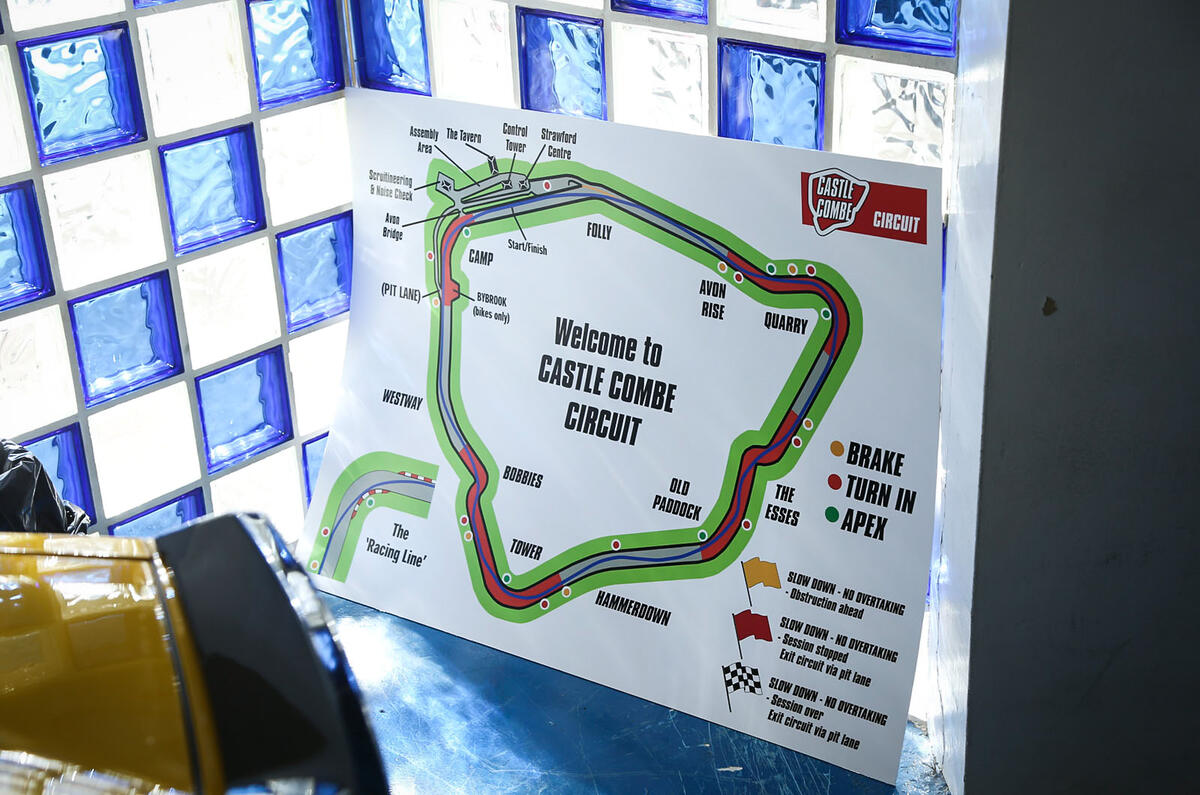
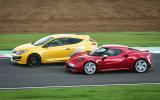
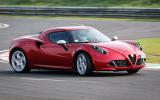
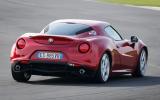
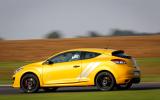
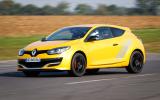


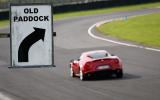

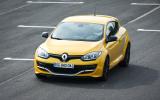
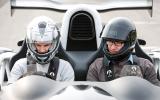
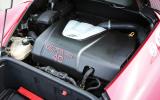
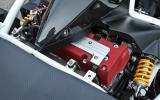
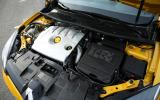
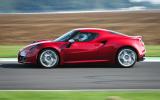
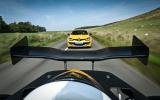

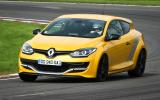

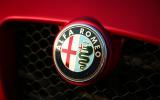
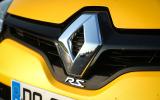
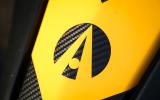


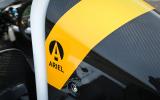



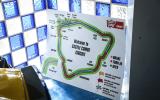



Add your comment
Outrageous article!
They said that she is a ''Little Ferrari'' !
this is the conclusion of a previous Autocar:
''Our Verdict
The 4C is Alfa's first true driver's car for decades, and it shows how brilliantly a small turbo four can go and sound in a lightweight package''.
what is going here?
Motor Trend vote 4C in the second place ahead of 911,GTR, M4,Jaguar,Subaru STi. We believe them instead of you!
autocar doesn't like alfa now?
@racingpuma
Don't get me wrong I think the 4C is great ambitious project for Alfa and they should be applauded to some extent, but they still pull out the old tricks that are getting beyond tiring now.